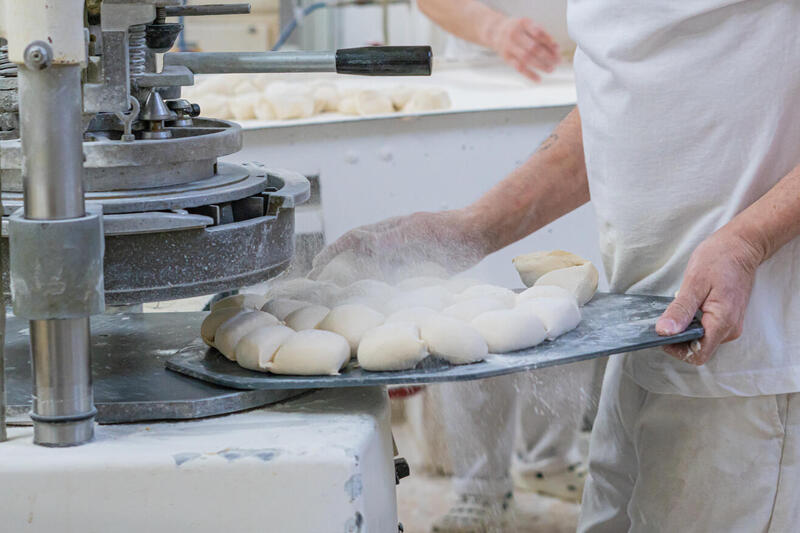David Clarkson of Filtermist outlines essential control measures to prevent flour dust explosions

Filtermist’s David Clarkson is highlighting key control measures for preventing flour dust explosions.
Cited by the Health and Safety Executive (HSE) as one of the most common causes of occupational asthma, flour dust poses serious health risks for workers if uncontrolled.
David Clarkson, Filtermist’s technical sales support lead, recently looked at the added danger of flour dust explosions in food production and the various control measures employers should implement to protect their workforce.
Commenting on the potentially explosive consequences of untreated flour dust, Clarkson said: “Flour dust is highly combustible and can cause devastating explosions if allowed to accumulate and become airborne in a confined workplace. When this takes place, flour particles form a flammable ‘dust cloud’ that, when exposed to a heat source, can result in an explosion taking place.”
There are numerous tasks in the food production industry where the generation of flour dust occurs. This includes activities such as sack tipping, gravity or mechanical feeding of hoppers where displaced air is generated, filtering air from pneumatic conveying systems to allow clean air to return to atmospheric pressure, using dough brake roll machines, dusting products with flour and cleaning areas where flour is regularly handled.
There are set guidelines as to what levels of dust are permissible within a workplace; these are published by the HSE and are stated within a document called EH40. It is the responsibility of every employer to ensure that their workplace does not exceed the work exposure limits (WELs) outlined in EH40. For flour dust, the WEL is 10 milligrams per cubic metre of air (mg/m3), measured over an eight-hour TWA. If employers cannot completely eliminate exposure, they must make sure that it is reduced to a level as low as possible below the WEL.
Clarkson explains that there are several control measures companies can adopt to prevent flour dust exposure, commenting: “Managing flour dust exposure is not a choice, it is a legal necessity. To comply with regulations and ensure a safe working environment, it is essential to implement effective dust control measures, such as using industrial ‘H’ rated vacuum equipment and centralised vacuum cleaning (CVC) systems. These methods are far preferable to unsafe working practices like cleaning an area down with compressed air or sweeping up with brushes.”
Local exhaust ventilation (LEZ) should also be used to control flour dust at the point where it is being generated. This is crucial for preventing the formation of potentially explosive dust clouds and for reducing the presence of a known asthma trigger in the workplace.
“At Filtermist, we are dedicated to providing our customers with dust extraction systems that ensure happier, healthier and more productive workplaces,” Clarkson said.
Filtermist’s Kerstar vacuum is a prime example of an effective ATEX-certified solution used for managing combustible dust. Equipped with cutting-edge technology, Kerstar vacuums are purpose-built for capturing hazardous flour dust before particles can gather to create a flammable ‘dust cloud’.
Related content
Source: foodanddrinktechnology.com

